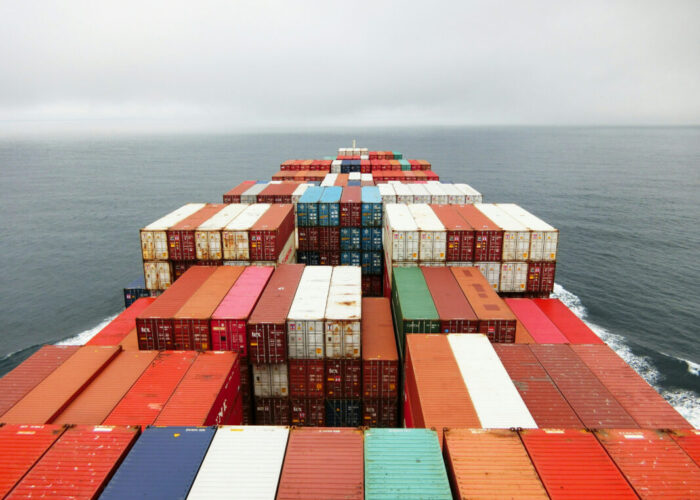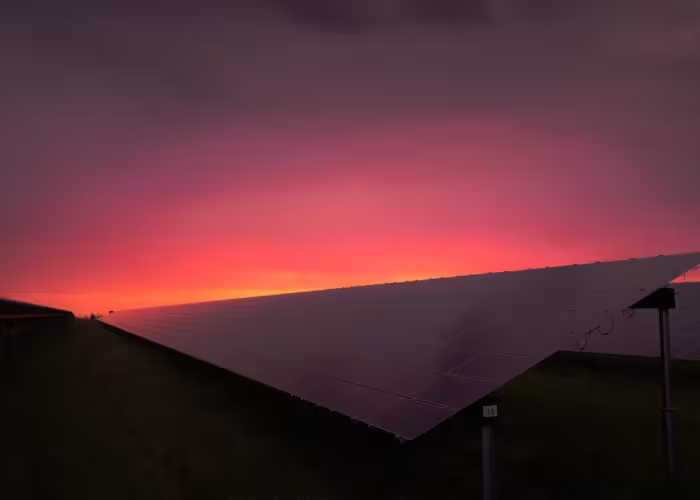Harnessing its R&D into both c-Si and a-Si thin-film technologies, Moser Baer Solar said that it would upgrade its solar cell processes using metal and intrinsic layer semiconductor technology (MIST) to achieve average cell conversion efficiencies of 21% and join the few cell producers at the top table above 20%.
PV-Tech has sought clarification on both the ‘MIST’ technology and actual timeline and roadmap milestones for the technology's introduction into volume production, details which were lacking in the statement.
Try Premium for just $1
- Full premium access for the first month at only $1
- Converts to an annual rate after 30 days unless cancelled
- Cancel anytime during the trial period
Premium Benefits
- Expert industry analysis and interviews
- Digital access to PV Tech Power journal
- Exclusive event discounts
Or get the full Premium subscription right away
Or continue reading this article for free
Dr. Rajiv Arya, CEO, Moser Baer Solar said, “MIST technology will not only help manufacture high efficiency product and bring direct benefit to the customers as it will use less of land area and lower balance of systems costs; but will also place Moser Baer at the top end of the market giving it a premium position. We will continue to use technology to our advantage whenever there is transformational change in the market.”
“Use of the MIST technology will not only bring competitive superiority by enhancing product efficiency but will also bring in cost effectiveness and profitability to the table. In addition to the up-gradation of the existing ‘thin film’ and ‘crystalline silicon’ assets, MIST will provide us with the ability to charge premium pricing on our products which will help us maintain higher margins than average solar PV players and generate attractive cash flow,” added Yogesh Mathur, Group CFO, Moser Baer in the statement.
The company claimed that an intensive R&D effort had been in operation for several years that was taking place in both India and The Netherlands on multiple technological platforms to achieve the claimed goals.





